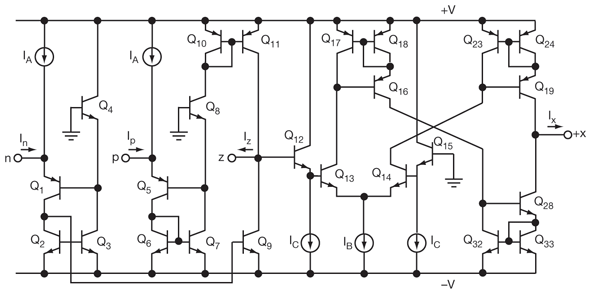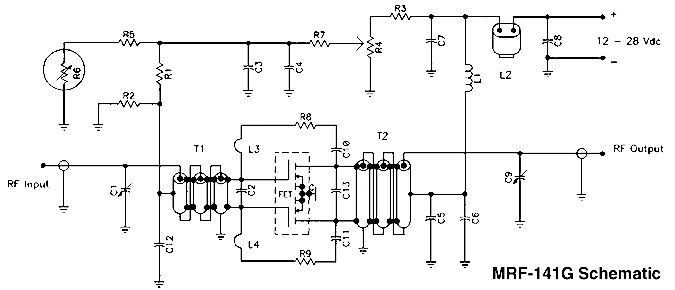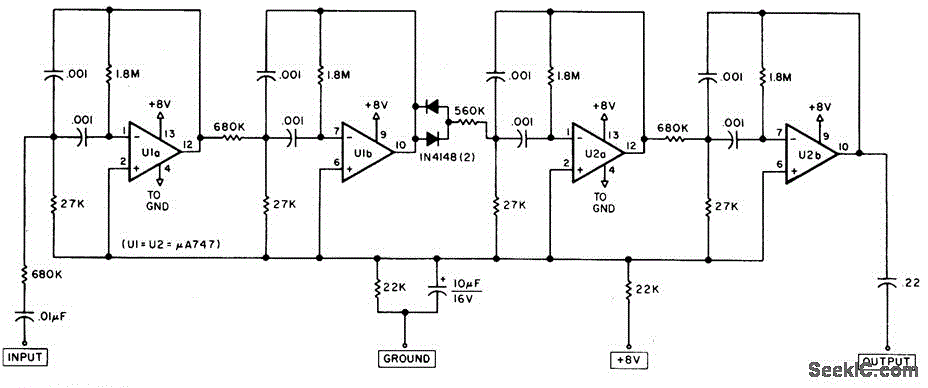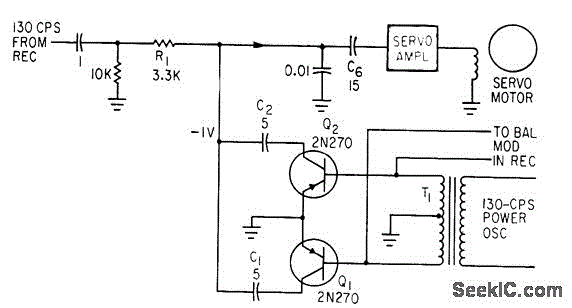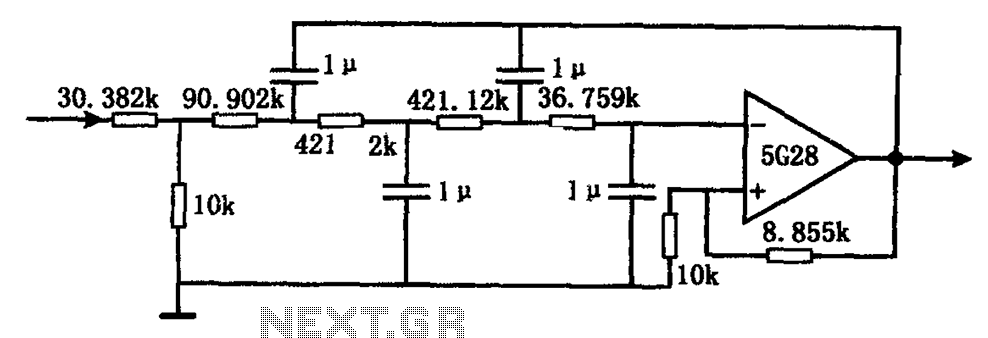
Band Pass Filter Tutorial
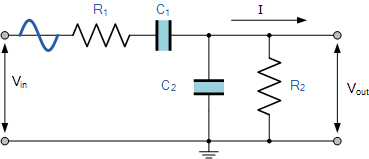
Electronics tutorial on the passive band pass filter circuit, which includes the passive RC band pass filter's first-order frequency response and Bode plot.
The passive band pass filter circuit is a fundamental electronic component that allows signals within a specific frequency range to pass through while attenuating signals outside that range. This type of filter is particularly useful in applications such as audio processing, radio communications, and signal conditioning.
The passive RC band pass filter is typically constructed using resistors (R) and capacitors (C). The first-order frequency response of this filter can be analyzed to understand its behavior in the frequency domain. The configuration generally consists of a series capacitor followed by a resistor connected to ground, creating a high-pass filter effect, which is then combined with a parallel resonant circuit to achieve the desired band pass characteristics.
The frequency response of the passive RC band pass filter can be characterized by two critical frequencies: the lower cutoff frequency (f_L) and the upper cutoff frequency (f_H). The lower cutoff frequency is determined by the resistor and capacitor values, while the upper cutoff frequency is influenced by the reactive components in the circuit. The Bode plot, which graphically represents the gain and phase shift of the filter across a range of frequencies, provides valuable insights into the filter's performance. The plot typically shows a rise in gain at frequencies between f_L and f_H, with a roll-off outside this range.
In practical applications, the design of a passive band pass filter requires careful selection of resistor and capacitor values to achieve the desired frequency response. The quality factor (Q) of the filter, which indicates the selectivity of the filter, can also be adjusted by modifying these component values. Overall, the passive RC band pass filter serves as a crucial element in various electronic systems, enabling effective signal processing and management.Electronics Tutorial about the Passive Band Pass Filter Circuit, including Passive RC Band Pass Filter First Order Frequency Response and Bode Plot.. 🔗 External reference
The passive band pass filter circuit is a fundamental electronic component that allows signals within a specific frequency range to pass through while attenuating signals outside that range. This type of filter is particularly useful in applications such as audio processing, radio communications, and signal conditioning.
The passive RC band pass filter is typically constructed using resistors (R) and capacitors (C). The first-order frequency response of this filter can be analyzed to understand its behavior in the frequency domain. The configuration generally consists of a series capacitor followed by a resistor connected to ground, creating a high-pass filter effect, which is then combined with a parallel resonant circuit to achieve the desired band pass characteristics.
The frequency response of the passive RC band pass filter can be characterized by two critical frequencies: the lower cutoff frequency (f_L) and the upper cutoff frequency (f_H). The lower cutoff frequency is determined by the resistor and capacitor values, while the upper cutoff frequency is influenced by the reactive components in the circuit. The Bode plot, which graphically represents the gain and phase shift of the filter across a range of frequencies, provides valuable insights into the filter's performance. The plot typically shows a rise in gain at frequencies between f_L and f_H, with a roll-off outside this range.
In practical applications, the design of a passive band pass filter requires careful selection of resistor and capacitor values to achieve the desired frequency response. The quality factor (Q) of the filter, which indicates the selectivity of the filter, can also be adjusted by modifying these component values. Overall, the passive RC band pass filter serves as a crucial element in various electronic systems, enabling effective signal processing and management.Electronics Tutorial about the Passive Band Pass Filter Circuit, including Passive RC Band Pass Filter First Order Frequency Response and Bode Plot.. 🔗 External reference
